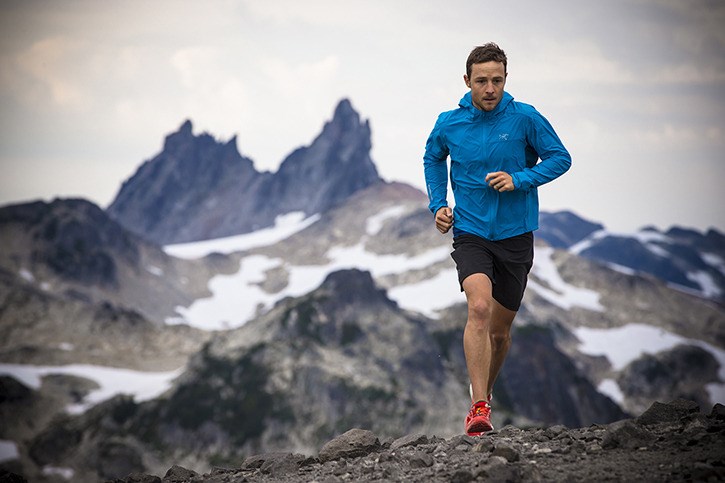Adam Campbell, named 2012 ultra-runner of the year by Trail Running Canada, understands the challenges that come with running long distances and taking athletic goals to the next level.
Now that the Sun Run and BMO Vancouver Marathon have inspired the masses, the Vancouver runner offers his tips for those who might also want to enter the world of ultra marathons.
1. Define success
The key to training at the next level isnt about shaving seconds off your personal best, its about challenging yourself. By removing the benchmarks of a traditional race, you open yourself up to a whole world of new goals.
What does success mean to you? Plan ahead and identify what you want to achieve from a new challenge.
Set goals that are at the edge of what you have been able to accomplish.Incorporate small, achievable milestones into your training regime to keep yourself motivated.
2. Work backwards and embrace the challenge
Based on your definition of success, focus your workouts on the end goal, but take it one step at a time.Train on routes and in conditions similar to what youll experience on race day to maximize preparedness.Imagine the elevation profile, then, add in tough weather conditions and personal conditions such as cramps, hunger, or thirst. Mentally placing yourself in those conditions, will prepare you for adversity, which will help manage the small problems that inevitably come up on race day.
Finally, be realistic with what your body and life allows. Keeping a positive attitude goes a long way.
3. Fuel yourself with proper nutrition
Training for an ultra marathon can be gruelling and youll likely train more than once a day, so consider your bodys increased nutritional requirements.
Post-workout recovery is especially important. Having a snack after exercise, ideally within 30 minutes, is key in helping your body recover and prepare for the next workout.
Always consider the 3Rs when planning for recovery nutrition: Refuel, Repair, and Rehydrate.
Chocolate milk contains an ideal combination of carbohydrate, protein and water to refuel, repair and rehydrate tired muscles so that youre at peak condition for your next training session.
4. Get plenty of sleep
Before you lace up your shoes, training begins with rest. Ensure you are well rested by aiming to receive seven to nine hours of uninterrupted sleep.
Proper sleep helps metabolize glucose levels in the body and lowers stress to the body.
5. Reward yourself
Training mentally and physically can take a toll, so indulge in some R&R. After an intense training session, a massage soothes your mind and sore muscles, alleviates stiffness and pain, and can improve blood circulation.
Many athletes follow a 80-20 rule that is, 80 per cent of the time you eat according to your specific goal-based nutrition plan and 20 per cent of the time you can indulge in something that isnt on the plan.
In 2007, Adam Campbell qualified for the Canadian Mountain Running Team in his first trail race and continued to post the best ever finish by a Canadian at a Mountain Running World Championship at the Jungfrau Marathon, a grueling 42 kilometre uphill run with 6,000ft elevation gain from start to finish.
He is currently training for the 83-kilometre Transvulcania ultra marathon in Spain in May 2013 and the Andorra ultra-trail marathon, a 170-kilometre race, with 12,000 metres of climbing, around the perimeter of Andorra in June 2013.



